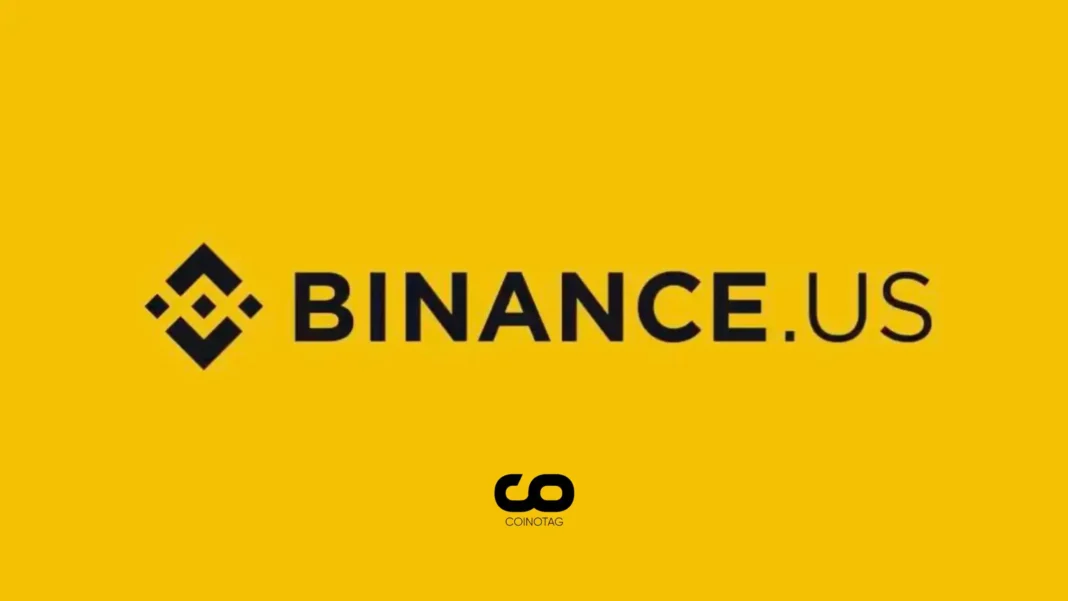- The U.S. government is taking sweeping regulatory actions against the crypto and blockchain industry.
- These actions could have devastating implications for blockchain innovation in the U.S.
- The distinction between cryptocurrency and blockchain technology seems to be largely ignored.
Examining the potential setbacks American innovation may face due to recent regulations conflating cryptocurrency with the foundational blockchain technology.
Why The Regulatory Crackdown Could Be Misguided
The Biden administration’s ongoing regulatory stance on blockchain and cryptocurrency might be a double-edged sword. Initially targeting nefarious crypto activities like fraud, the government seems to be painting the entire industry with a broad brush, not distinguishing between cryptocurrencies and their underlying blockchain technology.
The Federal Reserve’s Blanket Approach: A Bane for Innovation
The Federal Reserve and the Office of the Comptroller of the Currency have expanded their oversight, affecting not just cryptocurrencies but also any innovation in the banking sector involving digital assets or blockchain. While crypto-based scams deserve scrutiny, the blanket regulatory framework can stifle groundbreaking innovations in other fields where blockchain can be instrumental.
Blockchain: Beyond Cryptocurrency
Blockchain technology serves as more than just a platform for cryptocurrencies; it’s an immutable, decentralized ledger that has potential applications in healthcare, real estate, and supply-chain management, among other industries. The Fed’s one-size-fits-all approach doesn’t consider these other valid, non-speculative applications.
The Real Victims: Small and Midsize Banks
New regulations are particularly harmful for smaller financial institutions. These banks, often relying on third-party tech providers for blockchain solutions, now have to go through regulatory hoops that their larger counterparts can avoid. This essentially freezes innovation at the regional level, consolidating power and technological advancement within mega-banks.
The Call for Sensible Regulation
Members of Congress and industry stakeholders are advocating for more nuanced regulations. They propose differentiating between potentially dangerous crypto assets and generally safe blockchain applications. This targeted approach would promote healthy competition and innovation, rather than stifling it.
Conclusion
The recent regulatory moves by the U.S. government could potentially derail an entire industry built on blockchain technology. While cryptocurrencies might be the face of blockchain in popular media, they are just the tip of the iceberg when it comes to the technology’s potential applications. What’s needed now is sensible, targeted regulation that distinguishes between potentially risky cryptocurrency operations and the generally safe, innovative applications of blockchain technology. Only then can America continue to be a competitive player in the digital future.






